All software products with simple or complex needs should be accompanied by technical documentation to help stakeholders and developers understand the software development. It does not end there – it also requires product documentation and user manuals for the benefit of customer onboarding and using the product.
Without technical documentation, developers and customers are in the dark about the purpose of your software. It becomes hard to troubleshoot issues and ensure the software is working properly.
Technical documentation is a vital aspect of working software, and should not be skipped during the release cycle. Whether it’s release notes, knowledge bases, or user manuals, remember that 51% of customers want to see a FAQs section on a website when making an online purchase.
“Docs or it didn’t happen” is a mantra for anyone building a software product, and means that documentation is more than a byproduct or afterthought of your project. It closes the gap between development and software users, as well as the gaps between those who are involved in building the software.
What is technical documentation?
Technical documentation describes and explains anything to do with your software product, ranging from internal documentation for teams to external documentation written for end users. It encompasses all written documents relating to software product development and many different types are created throughout the software development lifecycle (SDLC).
It describes the features and functionality of the product clearly so that anyone can use it. The primary goal is to explain a particular aspect of the product to the target audience. Although it comes in a number of different forms, most technical documentation is published online and it’s normally written by technical writers, developers and project managers.
Technical documentation should be clear, concise, and accurate, and actually, solve a problem for your users.
Importance of technical documentation
Technical documentation is vitally important for your software company. Here are some reasons why.
Enables quick decision-making by the product team
When your product team has access to the right technical documentation, they can make much quicker decisions. They don’t have to scroll back through emails or threads in collaboration tools – they can instead instantly consult the documents produced alongside the software that explains how everything works and records the reasoning behind the decisions.
Contextual help for users
When customers are using their software they can access your technical documentation alongside the product for help in using the tool. Documentation can be displayed in-app so customers don’t have to switch contexts when they run into issues. This improves the overall usability and experience of your software product.
Marketing tool
Having robust technical documentation makes it easier to advertise your product to potential customers. Many customers will be researching in more detail how your product works and technical documentation can explain your software features in more depth than you can get with typical marketing materials.
Reduces tech support calls
When you have comprehensive technical documentation, customers can consult the docs when they run into technical issues. This reduces the number of inbound calls you get to your tech support line and means you can support more customers on a smaller budget. Most customers prefer to troubleshoot problems themselves instead of waiting around for a person to help them.
Records developer ideas
Your software documentation can record ideas that your developers have in relation to your software product. Even if you don’t implement them right away, further down the line you’ll be able to look back for features that you might want to consider or other changes you want to make. Developers don’t necessarily remember their ideas later on so your documentation is a good place to keep a record.
Gives a roadmap for future projects
Your technical documentation is a roadmap for projects you want to develop in the future, noting the plans you have for the development of your product and new features that you have in the pipeline. It makes sure everyone in your team is on the same page and working towards a single goal.
Enhances communication with stakeholders and developers
Documentation is an important form of communication – your stakeholders and developers don’t need to talk to each other directly to access information about the software. Your documentation saves knowledge for posterity and enables your team to look back at work that has previously been completed in order to inform their future decisions.
Read More: 10 Most Popular Tools for Technical Writing
Types of technical documentation with examples
There are many different types of technical documentation – we’ll go through them now.
Technical documentation in SDLC
This is your behind-the-scenes software documentation intended for your developers and other team members.
System administrator’s documentation – improves and validates security by documenting the configuration details and procedures that underpin a security policy. They cover installations and updates that assist a system administrator with product maintenance.
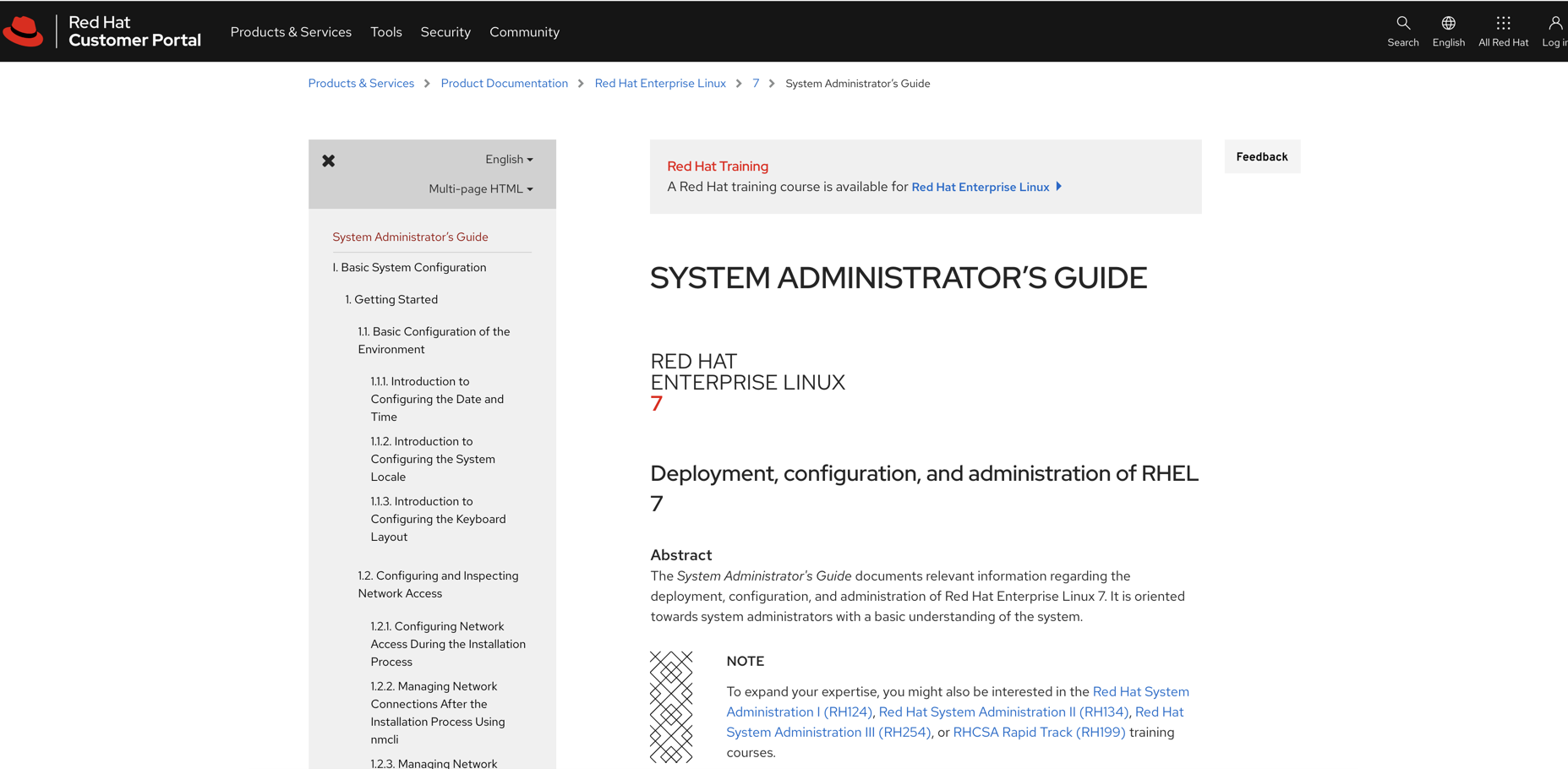
Product requirement documentation – provides a single point of reference for a product’s technical design input requirements and explains how the product must function to meet the needs of customers.
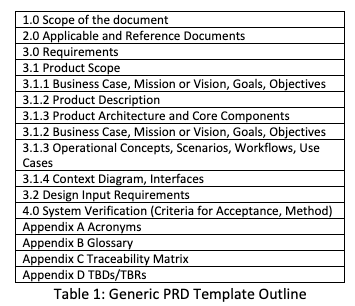
User experience design documentation – a working document of a product from its conception to its current release, and they include content models, empathy maps, experience maps, mental models, and personas.
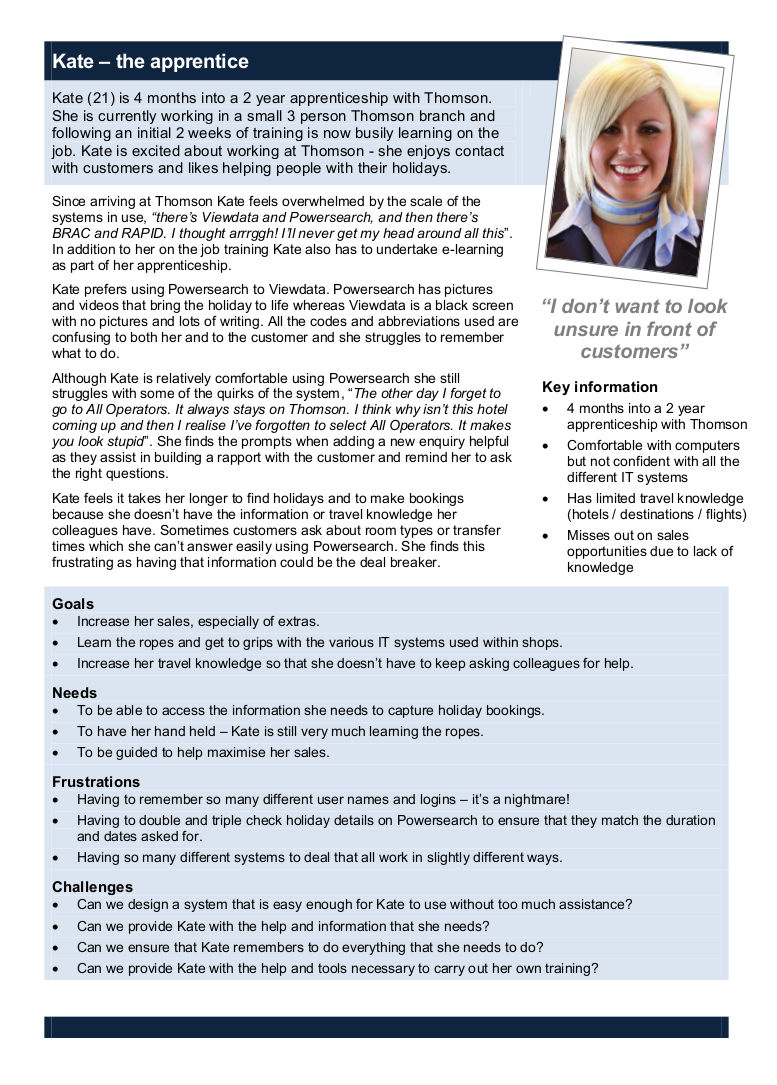
Source code documentation – software documentation that ensures your code is readable, can be quickly understood and is easy to maintain by developers. It includes code comments that can explain parts of code that are not obvious.
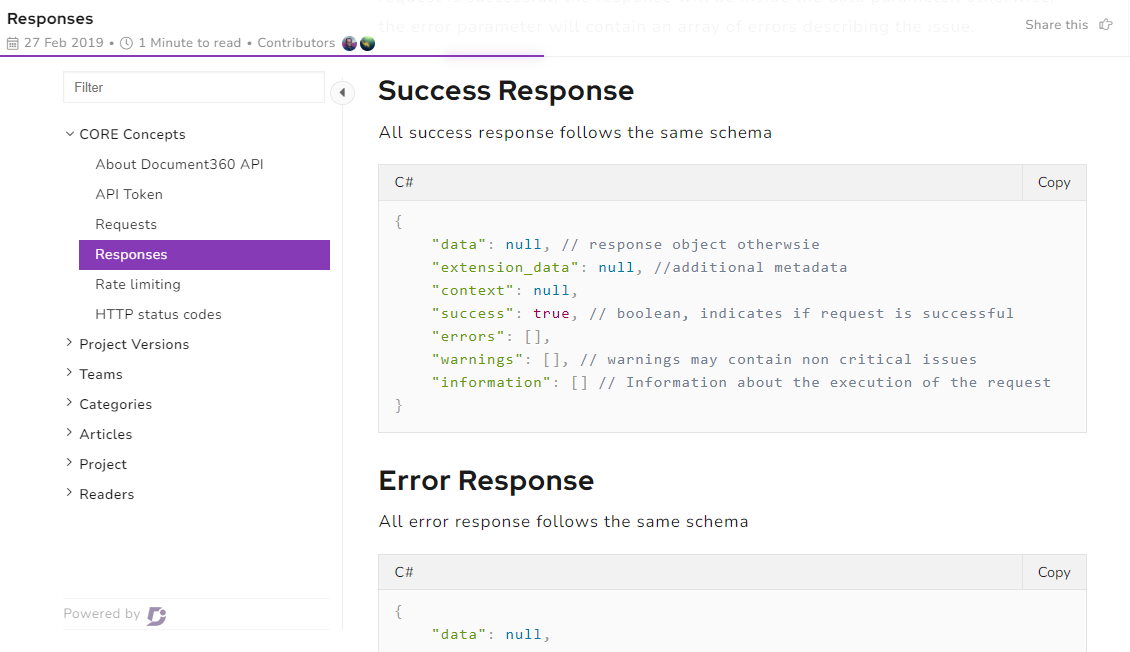
API documentation – enables developers to work with your API and shows whether or not your software will solve their problem.
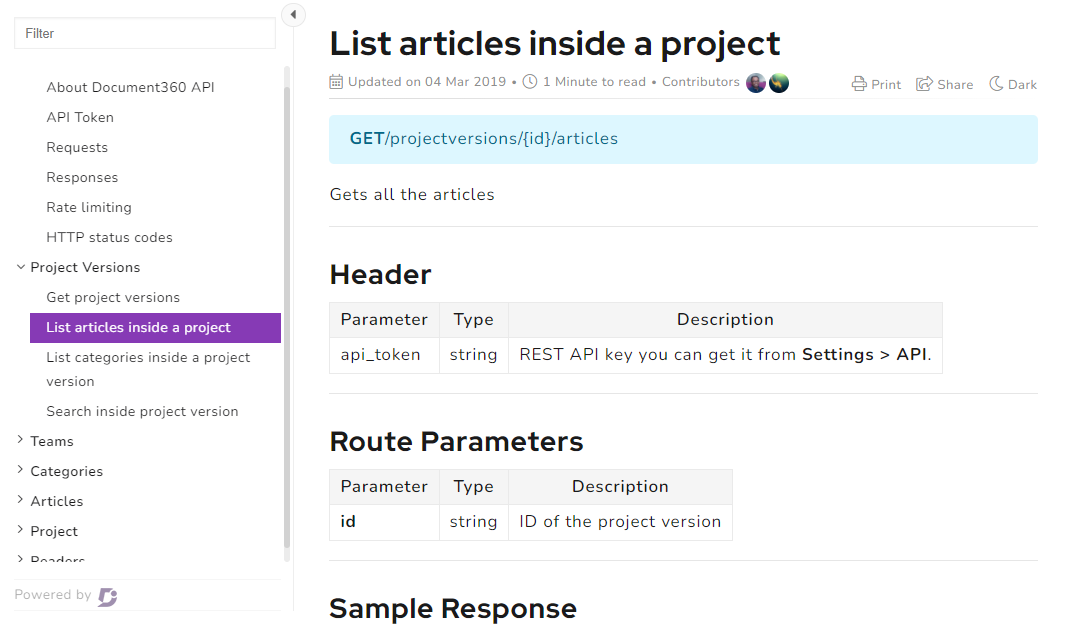
Maintenance guide documentation – tells the user how to maintain the system effectively and can include a definition of the software support environment, roles, and responsibilities of the maintenance personnel.
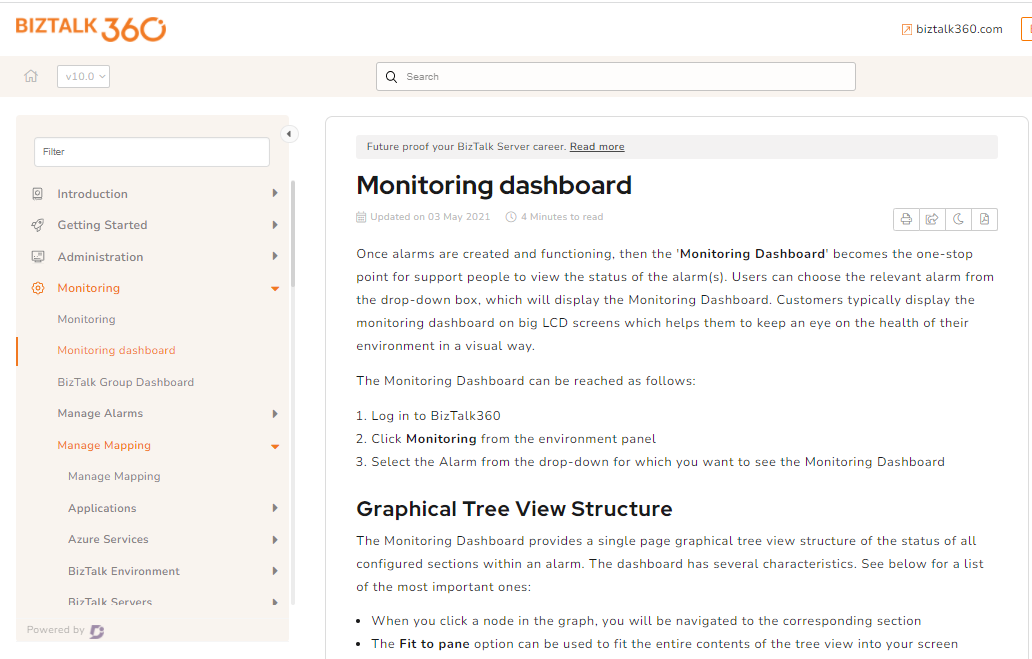
Product Documentation
Product knowledge base – a library of information about your software product that contains answers for customers looking to solve problems on their own.
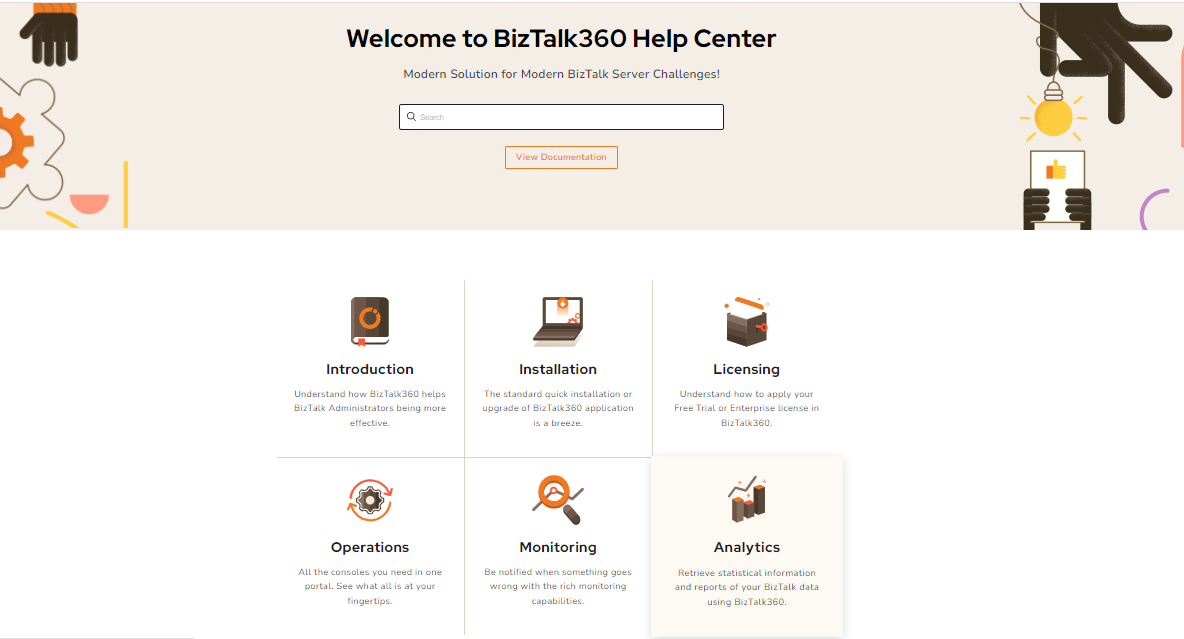
Read more: How to Create SaaS Product Documentation for Your Customers
User manual – contains extensive information on how to install and operate the product, listing hardware and software requirements, full explanation of product features and how to use them to their full extent.
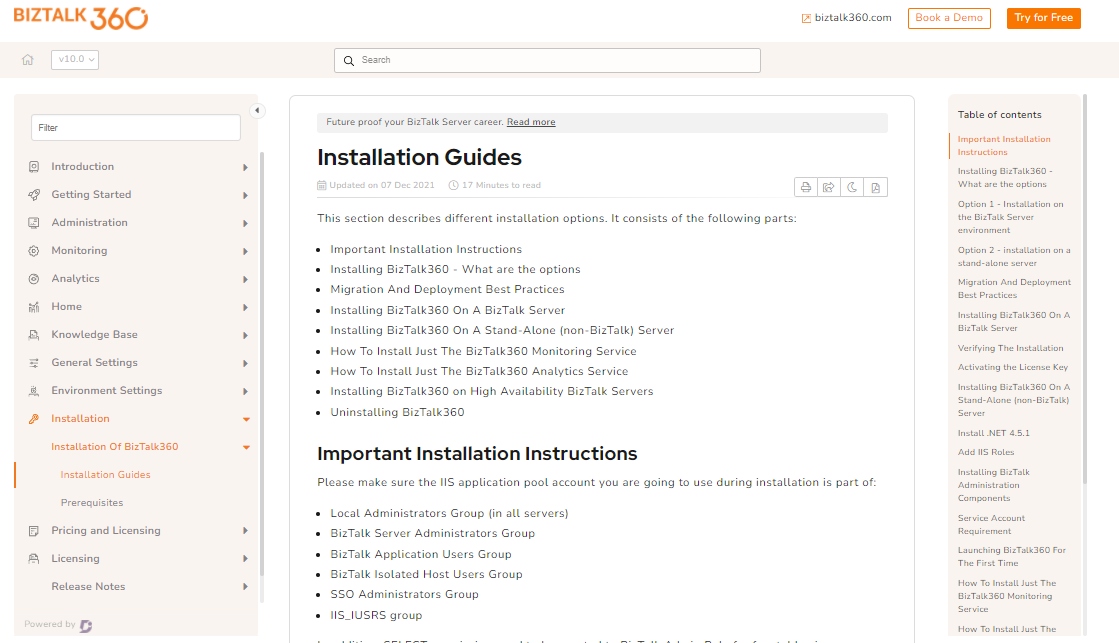
Read more: Top Online User Manual Tools for 2024
Project documentation – records the key project details and produces the documents required to implement a project successfully. It can include project proposals, business requirement documents, business cases, project plans and project status reports.
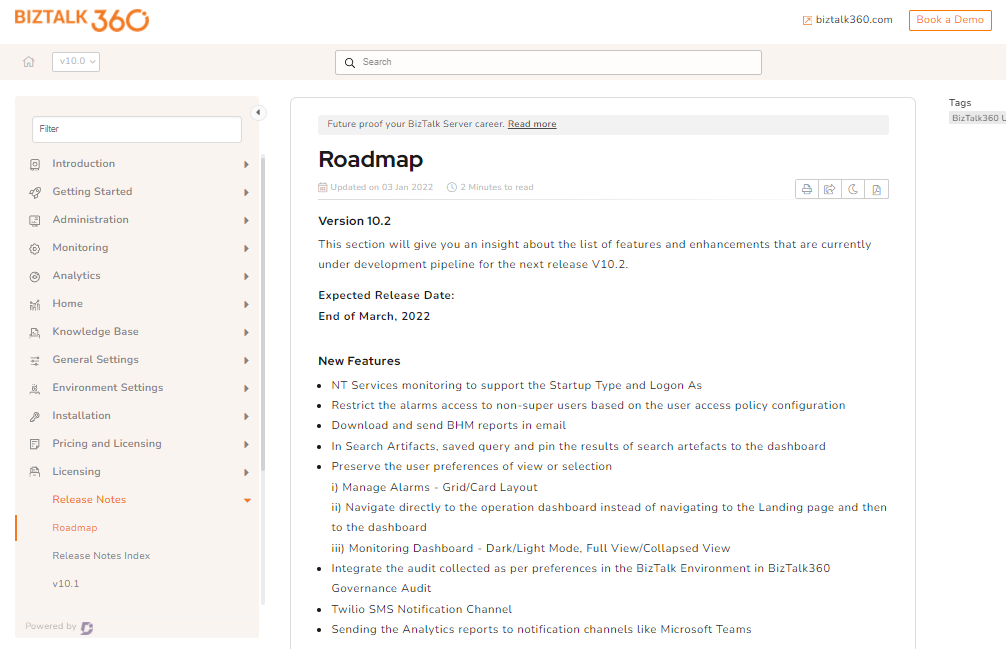
8 steps to create incredible technical documentation
Here are the steps you need to go through in order to create technical documentation that is both successful and helpful to your users.
Decide on type of audience and type of documentation
First and foremost, you need to be aware of your target audience for your documentation. Is it your customers, other developers, product team, or any other stakeholder? By knowing who your audience is, you’ll be able to adapt the tone and style of your documentation to make it more relevant and engaging.
If you don’t know who your audience is, your documentation will be unfocused and unhelpful. Defining your audience at the beginning stage of your documentation process will aid in document creation and ensure you have a clearly defined target.
Research on topics
Once you’ve defined your audience, you need to research the topics that you’re going to cover in your documentation. You can’t hope to write effective technical content if you don’t have a clear idea of the topics you’re going to write about. At this stage, it’s a good idea to work with your team to brainstorm different topics and assign various research tasks to different team members.
It’s important to ask yourself questions like:
- What areas do we want our technical documentation to include?
- What is the goal that we want to achieve with our technical documentation?
- Do we have any existing documentation that we can already work with?
Make sure it’s a team effort to research the topics – you don’t have to go it alone.
Capture knowledge
When writing your documentation, it’s likely that you won’t be the only author. You’ll need to collaborate with other stakeholders in your team in order to produce technical documentation. At this stage, you need to work with Subject Matter Experts to capture knowledge that you’re going to use to write your articles.
Take your time to work out who is the most appropriate person to author different topics of your technical documentation, and reach out to them to assign them the task. You can also conduct interviews with your SMEs and write the content yourself.
Keep detailed records of your topics and the person responsible for providing the content, and keep track of what stage your content is at.
Design templates and organize content
While the most important part of your documentation is the actual written content, it’s also a good idea to consider how your docs will look visually for the end user. You’re aiming for a well-organized and visually appealing documentation site rather than a jumble of badly designed notes that are no help to anyone.
When thinking about documentation design, consider the structure and navigation of your content. Your users are typically turning to technical documentation in order to find specific information or a solution to a problem, so your research should allow them to accomplish this task quickly.
Remember to place your information into categories and subcategories that users can search through efficiently. Ideally, you should have a search bar that users can use to instantly jump to the information that they’re looking for.
Get started with content creation
You should already have kick-started the writing process with documentation research and collaboration with SMEs. Writing technical documentation is a team effort and you will have many contributors taking part in this collaborative process.
If you haven’t already, meet with the team and delegate content tasks to the most appropriate member based on their skills. The best documentation is produced when writers start with outlines, and target their documentation towards a particular user.
Your documentation should start with a high-level outline for each of the topics you’re planning to cover. Gather the rest of the content you need for your piece of content along with any supporting visuals.
Remember to write in plain and clear language that is easily understandable for the user. Don’t assume that readers have the same level of prior knowledge as you – include as much context as possible to help with comprehension. Write as much content as needed to convey your point and not a word more – less is most definitely better when it comes to documentation.
Review and collaborate with your team
Once you have got started on your content, you’ll need to bring in SMEs to review your content for accuracy. Bring them in just after the first draft and after the final draft to give their feedback on your documentation. After the first draft, you want to get feedback on the broad outline and flow of the document, rather than feedback on typos and grammar. Only after the final review do you want in-depth criticisms of the way you have written your content.
Seek peer reviews with other members of your team who can test your technical documentation for usability. Ask someone else to go over your documentation and record any areas where they got lost or confused. Once you have your peer-review feedback, incorporate the changes into your documentation.
Also, check out our article on How to Test the Usability of Technical Documents
An intuitive knowledge base software to easily add your content and integrate it with any application. Give Document360 a try!
Get Started
Publish the content
When you’ve reviewed your content several times, it’s time to publish your documentation ready for your audience. When your documentation is live, go over it to check for any last-minute updates and make sure that it’s free of error.
When you publish your content, you may want to use knowledge-base software like Document360 which is a good way to host your documentation. It comes with in-built information architecture and category organization, along with a prominent search bar and mobile responsiveness.
After your site is live, you may want to run further tests on the effectiveness of the documentation by gathering feedback from your users. Audit the navigation of your documentation to check that users can easily get around and find what they’re looking for – identify things like broken links and that navigational elements are working properly.
Refresh and manage documentation based on analytics
Your technical documentation is never done. If you’re using the appropriate software, you’ll have analytics you can review that shows you the effectiveness of your content. You should always be reviewing your documentation for updates and avoid letting it grow stale.
You need to keep your documentation in line with new product releases and updates. Schedule in regular maintenance for your content based on insights that you gather from your analytics, such as failed searches or negative article ratings.
If you use the right software you can save previous versions of your documentation in case you need to revert back to it later.
Do’s and don’ts of technical documentation
Do:
- Keep it simple and clear – don’t overcomplicate your documentation or use complex language.
- Always have your user in mind – whenever you write documentation, make sure you’re clear on who it’s for.
- Make it visual – if you can represent what you’re trying to convey with an image, then do that.
- Go through a thorough review process – if you can, make sure you have several people review your work during the writing phase.
Don’t:
- Assume that your audience is familiar with your topic – always provide as much context as possible.
- Use passive voice – always use active voice instead: “He pressed the button” rather than “the button was pressed by him”.
- Use acronyms – if you must use acronyms then clearly state the meaning of the acronym next to it.
- Try to be funny – what might be amusing to you could be insulting or offensive to your readers.
Also Read: How to write inclusive documentation?
Final thoughts
Don’t make the mistake of underestimating how important technical documentation is to your company’s overall success. It is an essential part of communication and means that members of your team don’t literally have to be available every time someone has a question, whether that be a customer or a stakeholder from your team.
You don’t have to approach technical documentation with a heavy heart – if you follow the steps we’ve outlined in this guide then you’ll be well on your way to creating content that is helpful for your users. They’ll be empowered to use your product and have more fun using it, which is exactly the goal of technical documentation.
Frequently Asked Questions
-
How is technical documentation different from user documentation?
Technical documentation is documentation that describes how a product or service works. It is more developer-focused focused and created to describe (in technical language) the use, functionality, or architecture of a product, system, or service. The documentation for a product or service delivered to end users is referred to as user documentation. The user documentation is intended to help end-users understand and use the product or service.
-
Difference between Product & Process documentation?
Documentation can be of two types: products and processes. Product documentation defines the product under development and gives instructions on how to use it. Process documentation, on the other hand, refers to all the content produced during the development process.
-
What is software technical documentation?
Technical documentation in software defines the various API routes and endpoints that the developer can access, or it can explain the SDK’s libraries, integrations, and dependencies. Every engineer who has ever written code in any language has at some point referred to technical documentation.

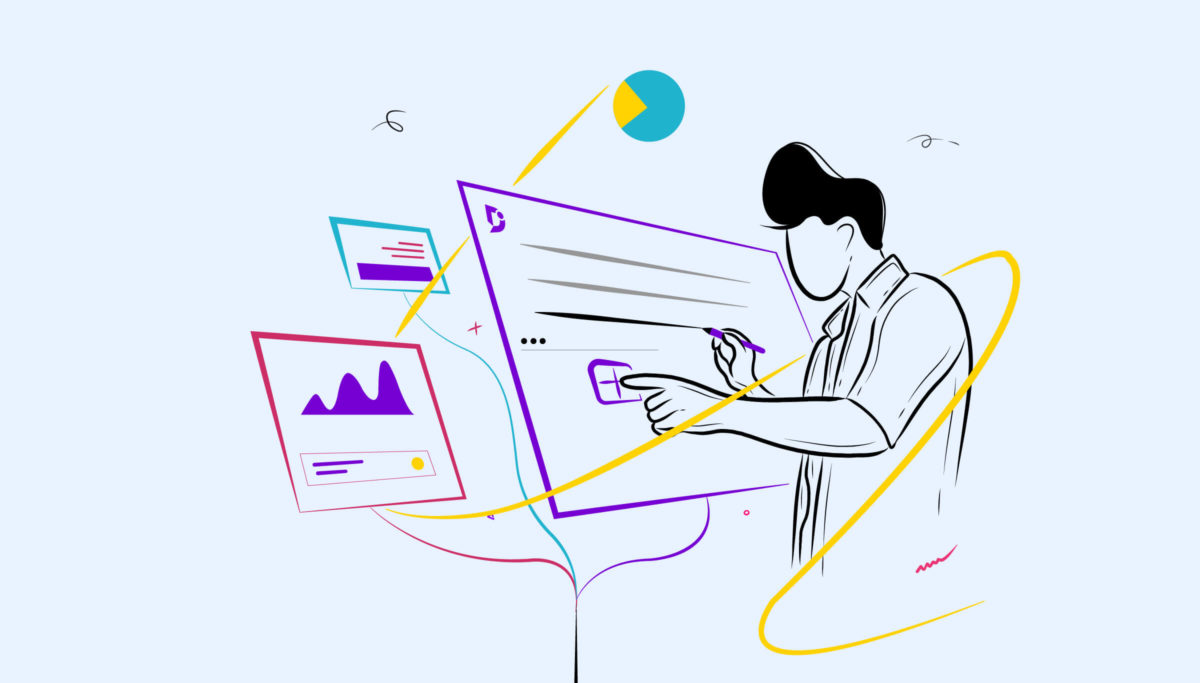

 –
– 

